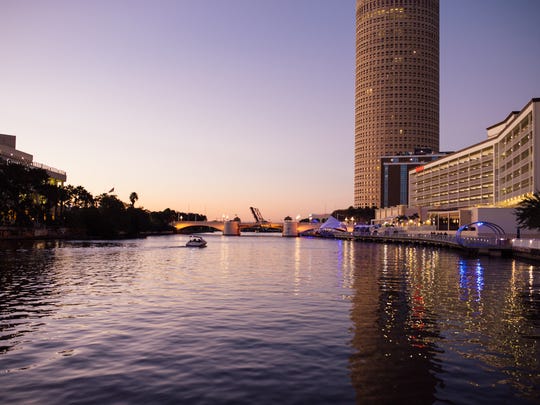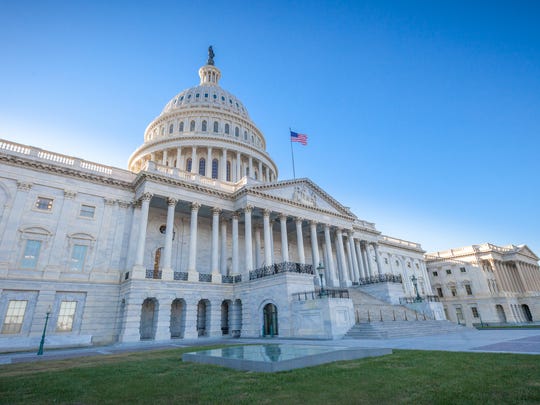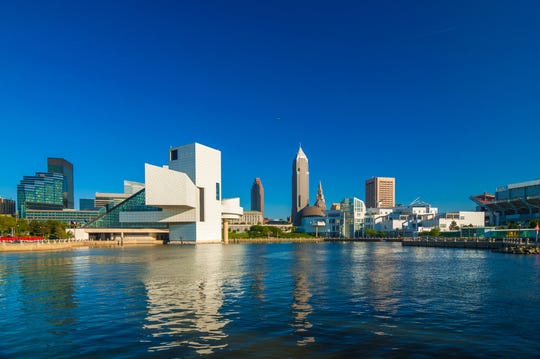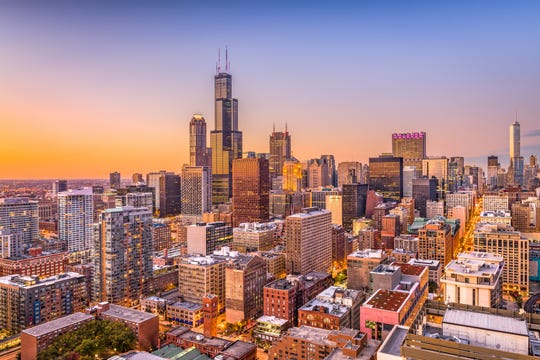A recent study by Natixas emphasized that the majority of homeowners may not have so positive thoughts after purchasing a home.
Huge housing markets such as New York City and Los Angeles over the next couple of years are expected to slow down. Whereas more affordable metro areas such as Miami and San Antonio could start to heat up, according to an analysis by research firm Natixis.
Most firms that try and predict home prices rely on recent trends. This Natixis study looked at the supply-and-demand forces that drive prices. For example, if population growth is surpassing housing construction, the amount of home inventory is becoming more scarce, which should push prices higher, Natixis says. However, if the opposite is at work, homes are becoming more abundant, which should lead to more stable price increases or even declines.
Before any of this affects the housing prices, it’s estimated that there is a two-year gap between the growth and housing development, says Natixis economist Troy Ludtka, who conducted the study. Population growth, he says, is generally tied to an area’s economic gains.
Now that prices have climbed about 60% since bottoming in 2012, the national housing market has softened over the past year Zillow expects average U.S. home prices to rise to 2.8% over the next year, a slowdown from a 4.8% increase the prior 12 months.
“Despite this, some cities seem to be pointing upward,” says Ludtka.
Even though cities like Miami and New York could see a shift in momentum, recent trends should continue in other areas. For example, in some markets that have low housing supplies relative to population growth, that gap is widening, likely pushing prices higher, the study found. Those include Dallas-Fort Worth, San Antonio, Houston and Washington D.C.
Other areas where lots of homes have been built relative to population gains — such as Cleveland; Tucson, Arizona; and Kansas City, Missouri – the divide is widening, likely tempering price increases.
As a result of the COVID-19 pandemic, many have sought out a new place to call home. The notion of work from home has only increased and top tech talents like Silicon Valley are starting to see an exodus of people. Many tech workers are switching jobs all-together and with more and more companies moving, the trend keeps increasing. Small businesses as well are changing the way they work. Remote work seems to be more open now by small businesses and is likely to impact housing markets.
Here is a brief overview a some housing markets in the US:

What housing markets could get pricey?
Take a look at the five top metro areas where housing is becoming scarcer and home prices could be headed higher:
San Antonio, Texas
San Antonio (Photo: Eric Gay, AP)
It’s among the nation’s fastest-growing economies and the housing stock isn’t keeping up, Ludtka says. The population climbed 0.31% faster than home supplies over the past year.
Tampa, Florida

This sunset overlooks the Sheraton Riverwalk and downtown Tampa. Tampa is the 15th most popular Spring Break destination, according to Expedia.com. (Photo: Visit Tampa Bay)
Among the most vibrant economies in the southeast, Tampa is home to a variety of service and defense-related companies. The population is growing 0.25% faster than new housing, according to Natixis.
Miami

Downtown Miami (Photo: Getty Images)
The center for entertainment and commerce has seen prices moderate, rising 0.8% the past year, according to Zillow. But the Natixis study suggests that could shift, with home construction trailing population gains by 0.24%.
Oklahoma City

Oklahoma City (Photo: Nate Billings/The Oklahoman via AP)
Aerospace, agriculture and energy underpin a healthy economy. The population is growing 0.22% faster than new housing.
Washington, D.C.

(Photo: Getty Images)
The technology and government center is getting a further boost with the arrival of Amazon’s second U.S. headquarters in northern Virginia. But regulations have limited new home construction, leaving housing gains trailing population growth by 0.2%.
What housing markets could get cheaper?
Here are the top five markets where housing is becoming more available and home prices could rise more slowly or fall:
Cleveland

Cleveland downtown waterfront skyline with the Rock and Roll Hall of Fame museum and the Great Lakes Science Center. (Photo: Getty Images)
The former manufacturing stronghold has transformed itself into a biomedical hub but, like other older northern cities, has lost population. There were 0.54% more housing units than people added to the area the past year (including the effects of a drop in population).
Detroit
Downtown Detroit (Photo: ROMAIN BLANQUART)
Motor City is in a similar situation, and its population has declined for decades. The drop in population puts it 0.5% behind the rise in new home supplies.
El Paso, Texas
Defenders of the historic Union Plaza neighborhood of downtown El Paso, Texas have begun using art and history to show the city that their homes should not be razed to make way for a sports arena. (Photo: Mark Lambie, USA TODAY Network)
The gateway from Mexico to the U.S. is ranked second among metro areas where housing is scarce but that’s changing as housing construction catches up to population gains. Housing growth is outpacing the change in population by 0.42%.
Chicago

Chicago: The Windy City’s towering skyline, eclectic neighborhoods and urban Lake Michigan beaches make it a young and vibrant destination that draws hordes as soon as it warms up each summer. Chicago’s museums and culinary scene make it worthwhile in the winter, too, but music, comedy, sports, and food festivals from spring through fall are all comfortably accessible by foot or public transit. Pedestrian trails along the river and the lake offer some of the city’s best waterfront views. Most walkable neighborhoods: Near North Side, West Loop, and East Ukrainian Village. (Photo: Getty Images)
Although it has one of the world’s largest economies, its population has been shrinking and trails housing gains by 0.36%. within the last decade.
Memphis
The city has suffered in comparison to Nashville, its vibrant, in-state rival, and its population has declined, putting it 0.34% behind the increase in the housing stock.
You hear about home prices all the time. Just watch your local news, and you’ll hear how much the “average” home prices in your community are up or down.